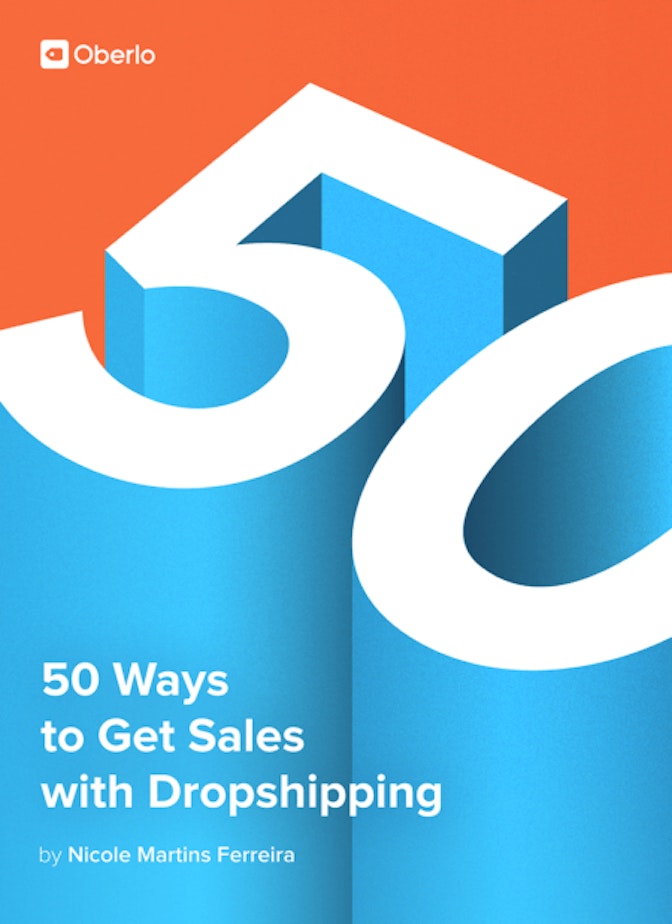Showing behind the scenes footage for your ecommerce store helps humanize your brand and allows your customers to get to know the person or people behind the company. Even if you don’t manufacture your own products, you can do founder interviews where you share your niche experiences. For example, if you sell yoga apparel, you might talk about how yoga has helped you and why you started your brand because of it. It’s important to let your customers know that there’s a real person running the brand to help build trust and strong customer relationships.
Example: Dynamite, an online clothing retailer is an example of a store who showcases behind the scenes blogs of their company. Recently, they featured one of their interns’ stories about life at the company and a day in the life of their employees. They’ve also shown behind the scenes pictures of their employees partying during the holiday season to show off the company’s fun side. They’ve hosted all of their behind the scenes content on their corporate website and even created an Instagram account for it. However, feel free to share yours directly on your store’s website on blog posts, about us sections, or a special behind the scenes page.
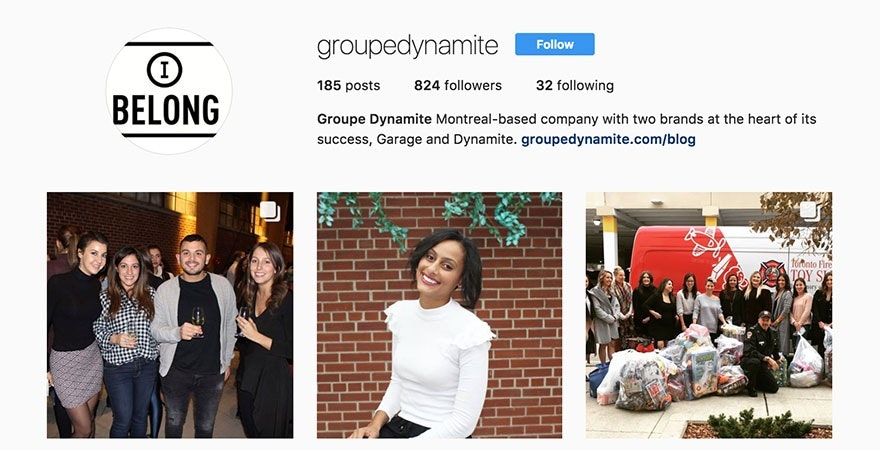
Behind the Scenes Tips:
Relate to your customers. If you sell clubbing clothes, showcasing pictures of your employees partying at a club during the holidays isn’t inappropriate. It shows that you have the same interests as your customers. If you sell fishing equipment showcasing employee photos of impressive fish catches is relevant and might interest your audience. The goal of behind the scenes content is to show your customers you’re just like them.
Have fun with it. Unless you’re selling a very serious product like funeral caskets, you’re allowed to showcase your silly side. If you create videos of your employees working on cool projects, it’s okay for them to make a mistake or make a silly face. Show that you’re human. You don’t need to have a serious video or corporate photos with you in a professional suit. Humanize your brand – just have fun with it.
Use different types of content. Create videos, write blog posts, and take pictures. It doesn’t have to be a high-quality production where you hire a team of videographers to produce this content. If you’re on a budget stick to pictures and behind the scenes details in blog content. As your brand grows, invest in a quality camera that you can record videos with.
Want to monetize your behind the scenes footage? If you show pictures of a photoshoot from an upcoming collection, let customers pre-order the items. You can pre-promote your items this way. If you own an apparel company, and you’re interviewing someone at the company to get an inside look, if they’re wearing items from your brand, you can add links to the product pages of what they wore in the video. Always include a call to action at the end of your content.
Facebook, Instagram, YouTube, Snapchat and your website are great places to share your behind the scenes content. Occasionally sharing a look behind the scenes, customers will have a better insight look into who you are.
Show off key employees. The person running your company’s social media should be incorporated in a video. It let’s your customers know who they’re talking to. It gives them a chance to put a face behind a message. And bond with your brand. You might also want to include the company founder, the product curator, or brand personality.
Have a casual setting. You can show off behind the scenes of a photoshoot. Or your employees hanging out on a couch talking about how they choose the best products for customers. The casual setting helps make your brand more approachable. Human.
Behind the Scenes Tools:
Equipment: You can use the highly rated Panasonic Lumix GH5 camera for videos or pictures. Video editing software like Camtasia, Apple iMovie or Adobe Premiere Pro CC can be used to edit your video content.
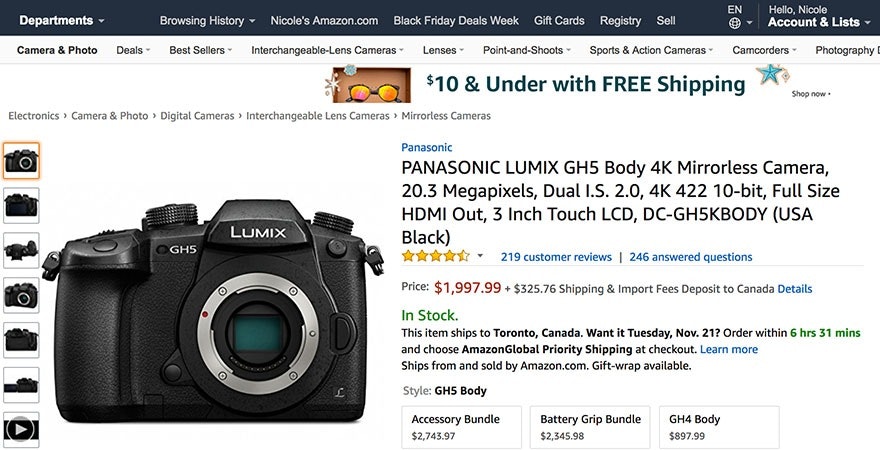
Backdrops: If you plan on doing behind the scenes interviews, you might choose to buy a backdrop. This is particularly a good thing to have if you dropship and run your business from home. You can choose from different styles and patterns to ensure that your video has a professional look.
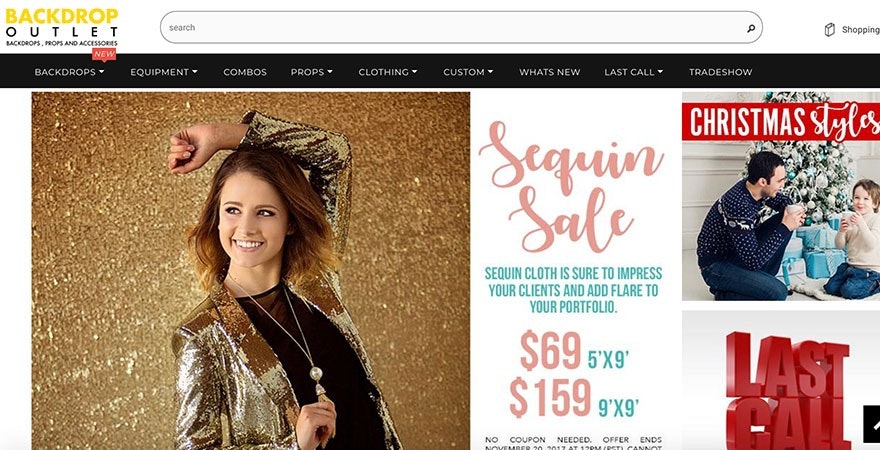
Canva: If you plan on creating a slideshow video of your behind the scenes images, you can use Canva to resize the images based on the social platform you’re sharing them on. You can also add text or graphics to your images with ease making it user friendly. Keep in mind that this is an images tool not a video tool.
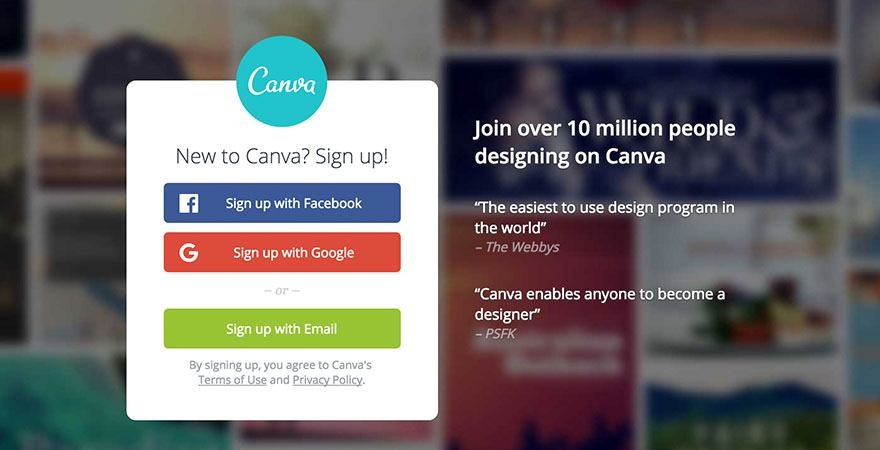
Behind the Scenes Resource:
Vimeo’s How to Make a Behind the Scenes Video discusses the benefits of behind the scenes content. It also recommends four types of content that you should include on your website: team-building, progress, funny and personal. Flight Media shares how to approach the four types of content to help you humanize your brand.
PetaPixel’s 6 Tips for Effectively Shooting Behind the Scenes provides tips like ‘know when to be invisible’ and ‘be ready to move fast’ to guide you through what it really takes to create behind the scenes videos.

